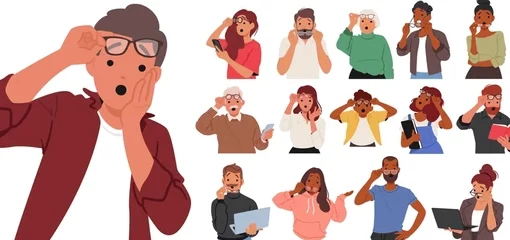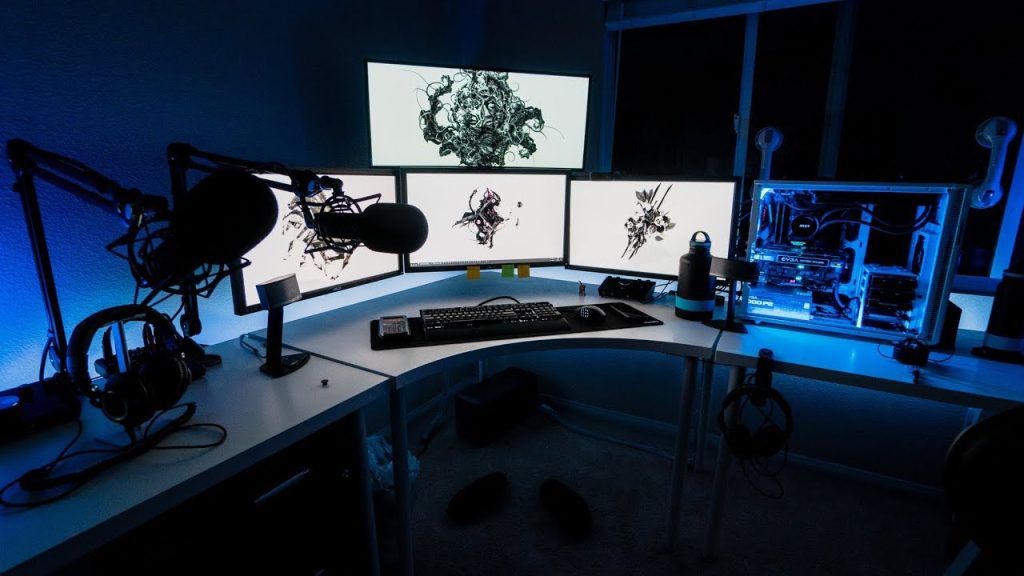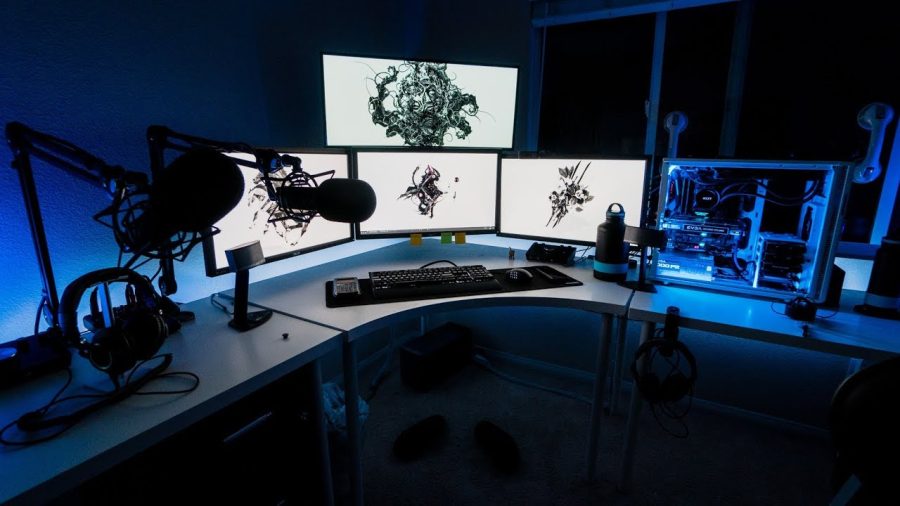The Media
When we think about media people often imagine it as something that simply gives us information a TV show, a news article, or a social media post. But media is never just a message we receive. Instead, we interact with it, question it, agree with it, or even reject it. Because of this, media and audiences are always shaping each other. The meaning of a media text depends not only on what the producers want to say but also on how audiences interpret it.
One of the most important ideas that helps explain this is Stuart HallŌĆÖs Encoding/Decoding model. Hall argues that media messages are first encoded by producers. This means they choose how to frame a story, what language to use, and what they want the audience to think or feel. However, audiences do not always accept these meanings. Instead, they decode the message in different ways.


Different Types of Readings
Hall describes three main types of readings. The preferred reading is when the audience accepts the message in the way the producer intended. A negotiated reading happens when the audience partly agrees but also questions or adapts the message to fit their own views. Finally, an oppositional reading is when the audience completely disagrees and interprets the message in the opposite way. This shows that audiences are not passiveŌĆöthey actively create meaning.
Additionally, Durham and Kellner (2006), They clarify that because viewers interpret media materials based on their own experiences beliefs, and social situations, they might have numerous interpretations that keepn then as a activen participants. For instance, different people may interpret the same TV show in various ways. This interaction between media and audiences gives rise to popular culture, emphasising that meaning can only be found when individuals interpret information for themselves.

Building on this idea, David Morley studied how different social groups interpret media differently. His research showedthat factors like age, gender, class, and cultural background all influence how people understand media messages. For example, people from different backgrounds watching the same news programme might walk away with entirely different interpretations. This proves that decoding is influenced not just by individual opinion but by the social groups we belong to.
Why Media Meanings Are Never Fixed

These concepts demonstrate that media functions as a tool which people use to create their own interpretations. Media content and audience reception create a continuous process of mutual transformation. The messages producers create become meaningful only through the interpretation of their audience members. The interactive nature between producers and audiences leads to unstable media meanings because different viewers interpret the same content in various ways. Our daily involvement in media meaning creation becomes more visible when we understand this process.
References
Hall, S. (1980). Encoding/decoding. In S. Hall, D. Hobson, A. Lowe, & P. Willis (Eds.), Culture, media, language (pp. 128ŌĆō138). London: Hutchinson.
Durham, M. G., & Kellner, D.┬Ā(2006).┬ĀMedia and cultural studies: Keyworks┬Ā(Rev. ed.). Malden, MA: Blackwell.
Morley, D.┬Ā(1980).┬ĀThe Nationwide audience: Structure and decoding┬Ā. London: BFI Publishing.

